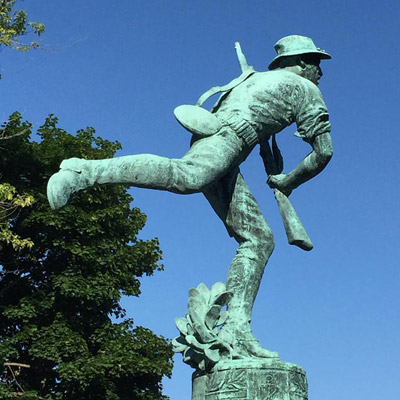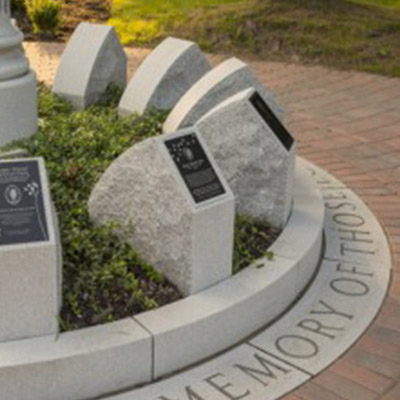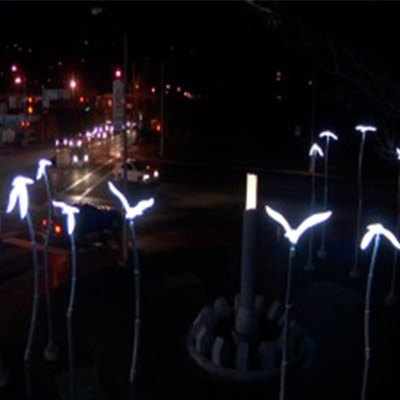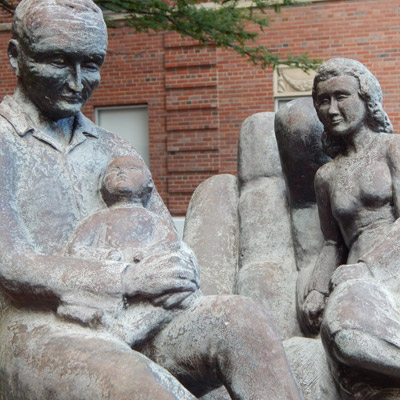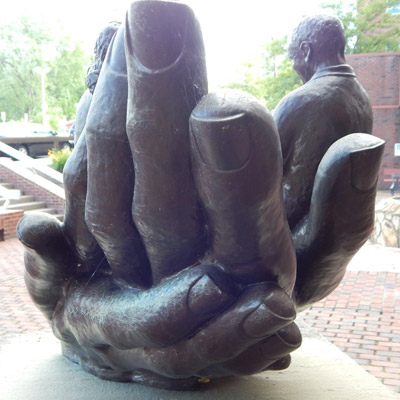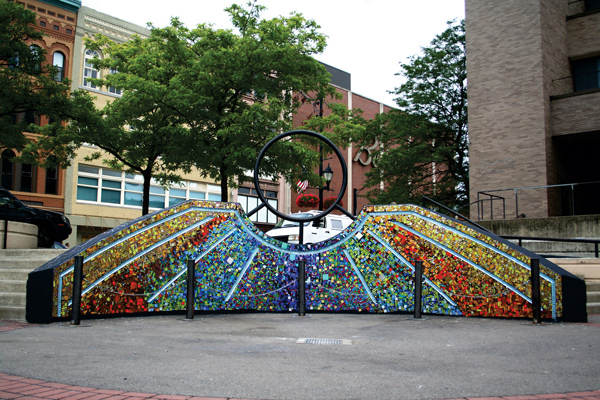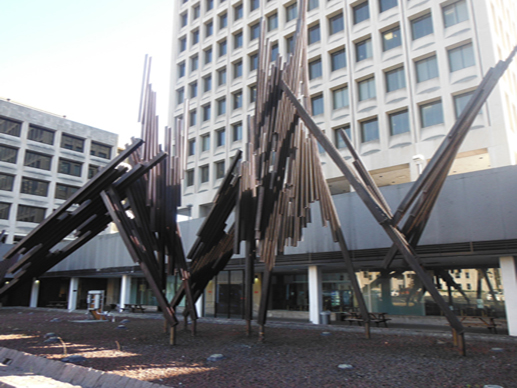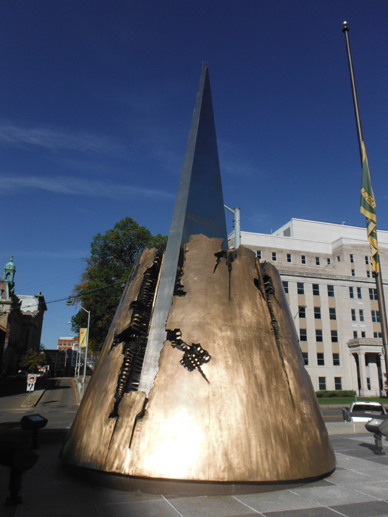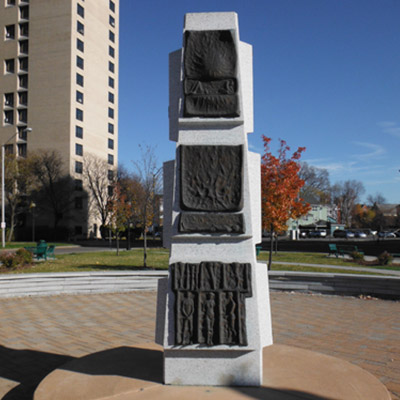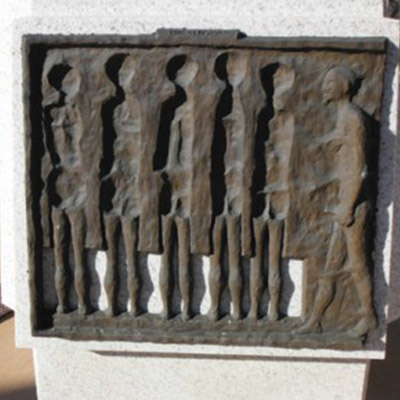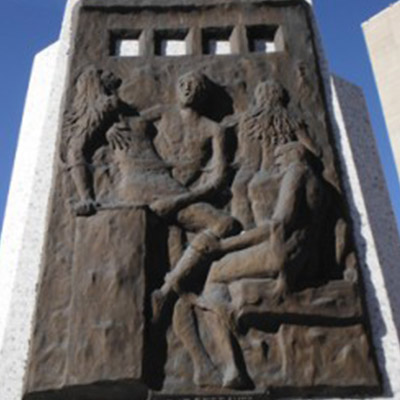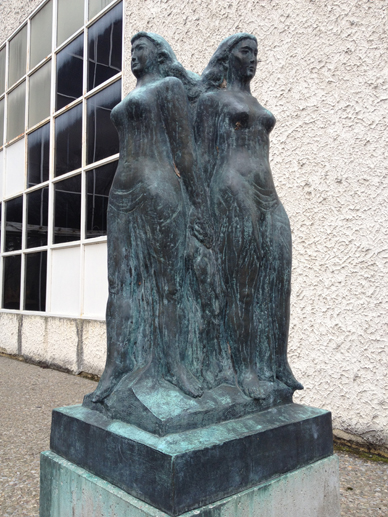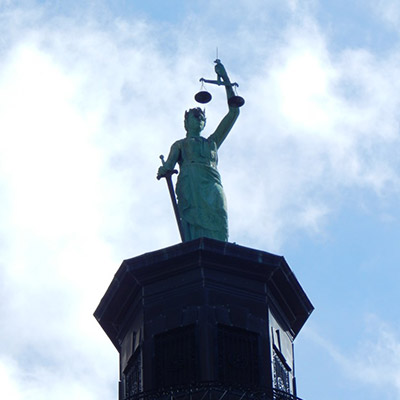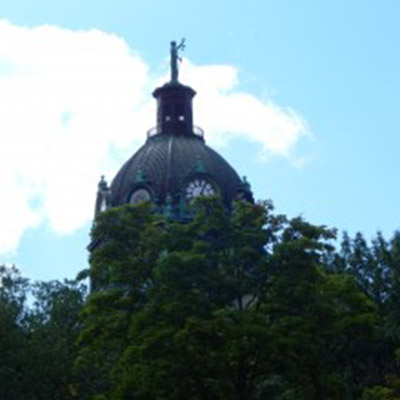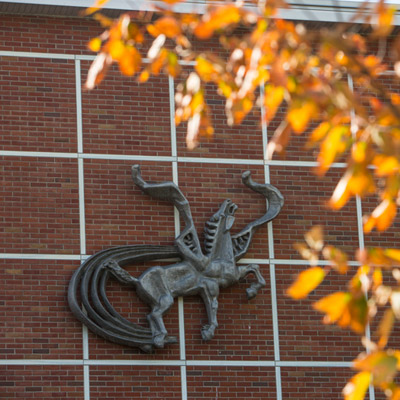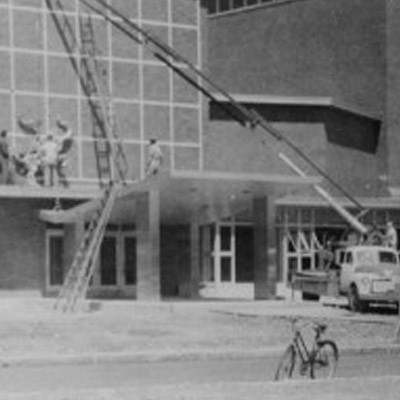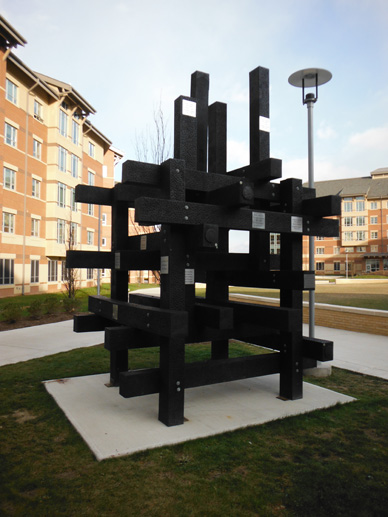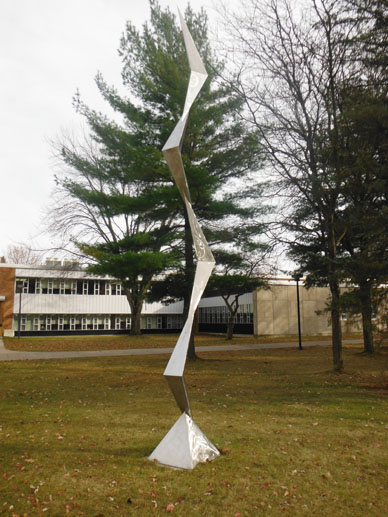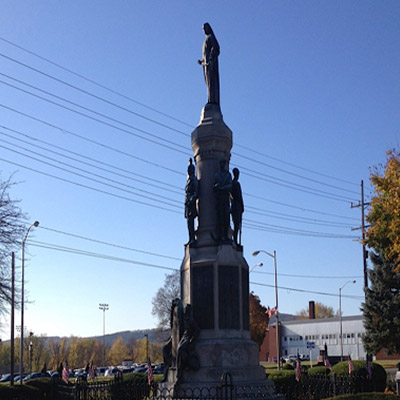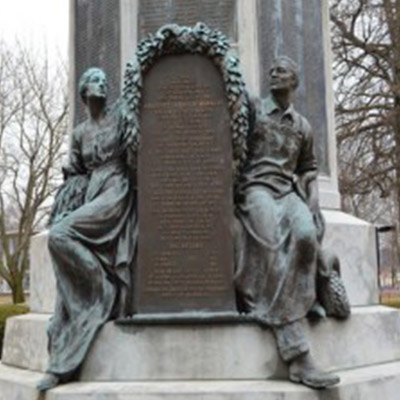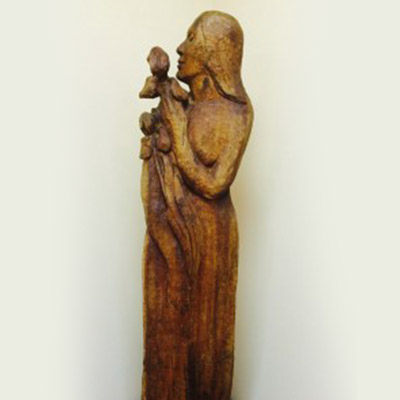Submitted by Bill Gorman
If you haven’t already seen the exhibit at the Cooperative Gallery this month — “Art, Money, Love: Jane Freeman 1871-1963 Paintings and Ephemera of a Working Artist” — don’t miss it! It’s unusual to see museum-quality paintings at a community gallery, but that’s the treat that awaits you, particularly the two paintings that are on loan from the Springville (UT) Museum of Art. One of them, “Eyes for Two,” creates a real presence: a blind former matador and his wife whose eyes are so evocative that they truly see for both figures. “French Peasant” depicting a woman with a brass bowl is lush with reflected light and filled with muted color. Together with 18 other paintings from private collections, they create a room from another time, filled with interesting people.
A portrait of Albert Schweitzer is another standout in the collection. “Jeanette Studying” is also successful. Other paintings represent early work with a cruder technique. Two self portraits capture the spirit of the artist with an arched eyebrow.
A bonus to this exhibit of paintings is the social history put together by curator Peg Johnston. Six panels frame the career of portraitist Jane Freeman, a woman who supported herself throughout her long life solely with her art. One panel features representations of her early work — advertising and illustrations with line drawings as well as riotously colored paintings advertising silks, clothing and soap. Magazines and advertising played a major role in a working artist’s livelihood, and two magazine covers with serious paintings meant a lot, not only in the fees but also for the reputation of the artist.
The economic life of an artist is well documented by a variety of letters from clients, advertisers and colleagues. So too, are notices in the press of a career. It’s not any easier these days to get publicity from newspapers than it was then!
What is most engaging, though, are the panels devoted to “Love.” Several correspondents, some of who were clearly in love with Freeman, penned letters adorned with delightful illustrations. Walter Clifton wrote “I loitered about on the opposite side of the street for a while but as I did not see you come out I finally took myself off” and illustrated the note with a long-legged figure smoking a cigarette, the smoke trailing up the page. Other correspondents include Thomas Mitchell Peirce, an illustrator; Frederick Stuart Church, a well-known animal illustrator, and Joel Blair (profession unknown).
Art talks planned
The independent life of an artistic woman will be the subject of the Cooperative Gallery 213’s Third Thursday conversation at
7 p.m. Thursday (May 19). Open to the public, the conversation will feature a brief talk by Professor Kathryn Kish Sklar on the economics of women’s work during the 1930s and ’40s, the time period in which Freeman was a well-known artist and illustrator. A noted expert on women’s history, Sklar is a consultant to the National Women’s History Museum, author of many books and has recently retired from Binghamton University. Exhibit curator Peg Johnston will be available to discuss the exhibit at the closing, noon to 4 p.m. May 28.
“Art, Money, Love: Jane Freeman 1871-1963” is on display through May 28.The gallery, located at 213 State St., Binghamton, is open 3 to 6 p.m. Fridays and noon to 4 p.m. Saturdays, and by appointment (email PegJohnston@stny.rr.com).
Gorman is a member of the Cooperative Gallery 213.

